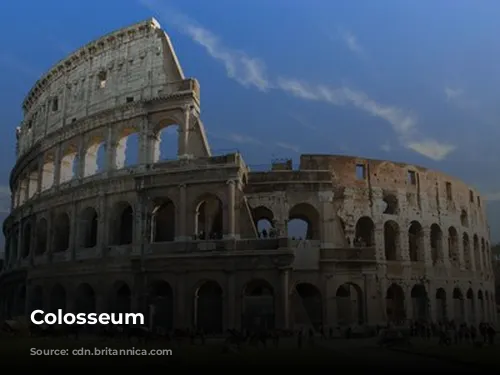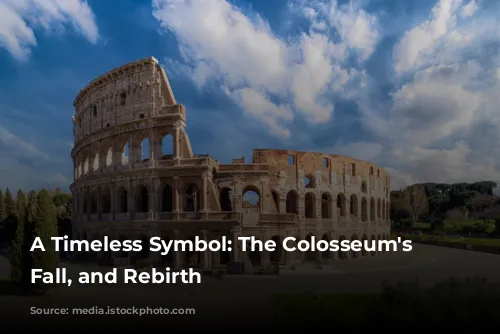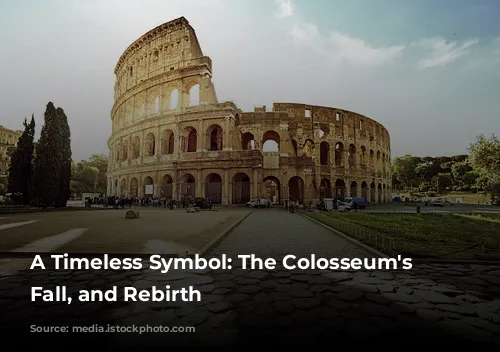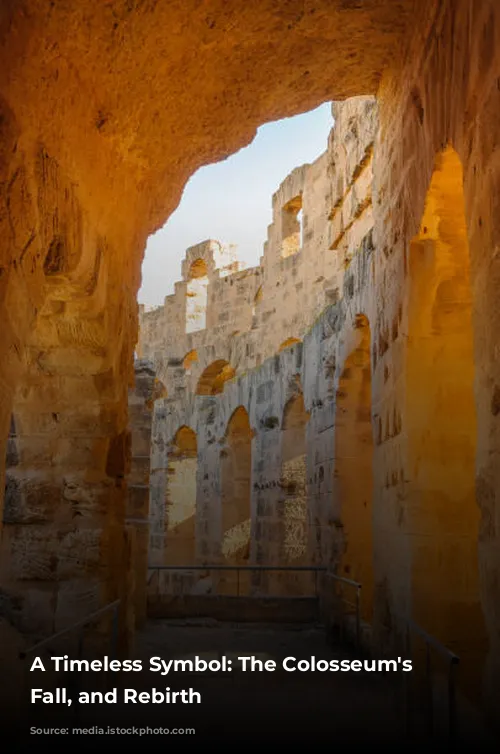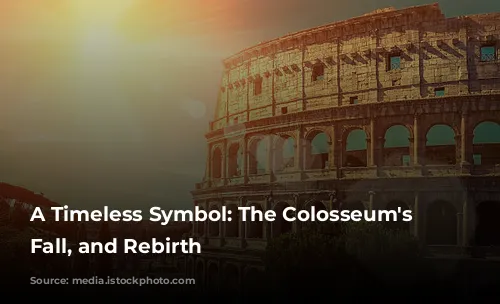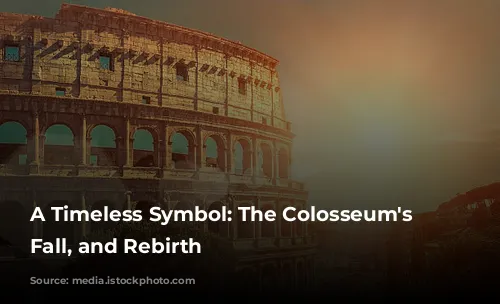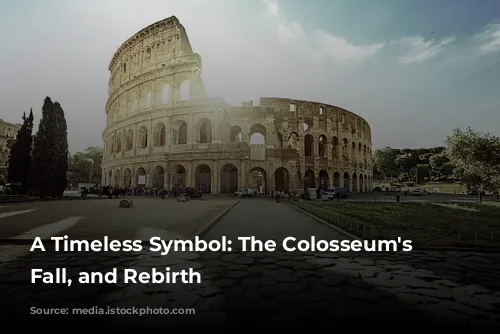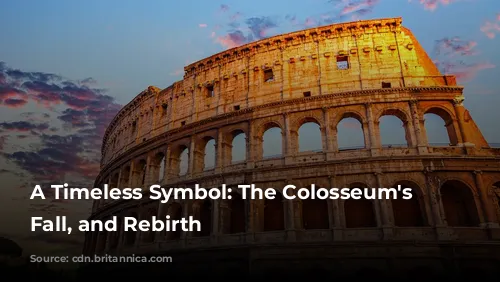Imagine stepping into a world of ancient Rome, where gladiators clashed in a thrilling spectacle, and the roar of the crowd echoed through the arena. The Colosseum, a magnificent amphitheater, embodies the architectural brilliance and the grandeur of the Roman Empire. It’s more than just a ruin; it’s a living testament to the past, captivating visitors with its sheer size and historical significance.
A Monument to Power and Entertainment
Standing tall amidst the bustling city of Rome, the Colosseum is one of the few well-preserved structures from the Roman Empire. It’s a testament to the ingenuity and skill of Roman engineers and architects. This iconic landmark plays a crucial role in attracting tourists, boosting Italy’s economy. In 2018, the Colosseum, along with the Roman Forum and Palatine Hill, generated over $63.3 million (€53.8 million) in revenue, making it Italy’s top tourist attraction.
The Colosseum’s story is intertwined with the rise and fall of the Roman Empire. After the Western Roman Empire collapsed, the Colosseum fell into a state of disrepair. In the 12th century, it was repurposed as a fortress by powerful families like the Frangipane and Annibaldi. Later, in the 15th century, Pope Alexander VI allowed the Colosseum to be used as a quarry, stripping its valuable materials. Over a thousand years of neglect followed, but fortunately, state-funded restoration efforts began in the 1990s, breathing new life into this ancient wonder.
A Symbol of Imperial Ambition
The Colosseum was born from a desire to rebuild Rome after a turbulent period known as the “Year of the Four Emperors” in 69 CE. Emperor Vespasian, who aimed to restore Rome’s glory, envisioned the Colosseum as a place of entertainment. This magnificent structure, built to host gladiatorial contests, animal hunts, and even mock naval battles, was designed to captivate the Roman people and showcase the power of the Empire.
Construction of the Colosseum began under Vespasian between 70 and 72 CE. His son, Titus, later dedicated the completed structure in 80 CE, marking a grand celebration that lasted 100 days. The final touch came from Emperor Domitian, who added the fourth story in 82 CE. It’s fascinating to note that the Colosseum was funded with spoils from Titus’s conquest of Jerusalem in 70 CE and was built by Jewish slaves from Judea.
A Masterpiece of Engineering and Design
The Colosseum stands as a testament to the Roman Empire’s architectural brilliance. This elliptical structure is a masterpiece of engineering and design, boasting a blend of stone, concrete, and tuff. Reaching a height of four stories, it measures 620 by 513 feet (189 by 156 meters), with the capacity to hold as many as 50,000 spectators.
The Colosseum’s construction was a marvel of its time. Unlike earlier amphitheaters, which were often built into hillsides for support, the Colosseum is a freestanding structure. It features a complex system of barrel and groin vaults, and its facade showcases the three classic orders of architecture: Doric, Ionic, and Corinthian. The Colosseum’s impressive design set a precedent for Renaissance architecture, inspiring the concept of the “assemblage of orders.”
A Stage for Spectacle and Tragedy
The Colosseum was more than just a structure; it was a living, breathing stage for dramatic spectacles. A massive retractable awning, called a velarium, protected spectators from the scorching sun. This awning, supported by masts extending from the top story, required the skill of hundreds of Roman sailors to operate.
The Colosseum witnessed countless events, from thrilling gladiatorial battles to fierce animal hunts and even mock naval engagements. While the Colosseum is often linked to the martyrdom of early Christians, there is no concrete evidence to support this claim.
A Legacy of Resilience
The Colosseum’s journey through time has been marked by both glory and neglect. In medieval times, it was repurposed as a church and later used as a fortress by prominent Roman families. Unfortunately, lightning strikes, earthquakes, and vandalism took their toll on the once-grand structure. The marble seats and decorative materials were plundered, leaving the Colosseum in a state of decline for over a thousand years.
Thankfully, the 19th century marked a turning point in the Colosseum’s preservation. Efforts led by Pope Pius VIII, and later, a restoration project in the 1990s, brought this ancient wonder back to life. Today, the Colosseum stands as a symbol of resilience, attracting millions of visitors each year.
A Timeless Treasure
The Colosseum is more than just a ruin; it’s a living symbol of history. It’s a reminder of the grandeur of the Roman Empire and its impact on the world. As you stand before this ancient marvel, let your imagination transport you back to a time of gladiators, chariots, and the roar of the crowd. The Colosseum is a timeless treasure that continues to inspire awe and wonder, reminding us of the power of human ingenuity and the enduring legacy of the past.


